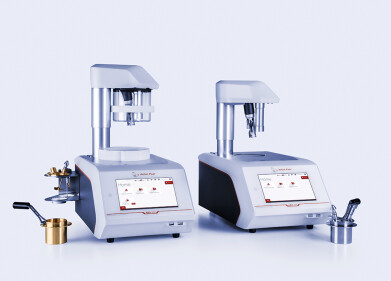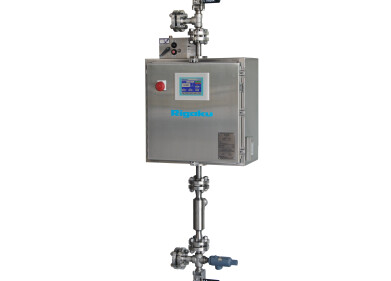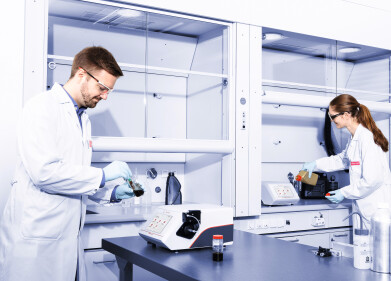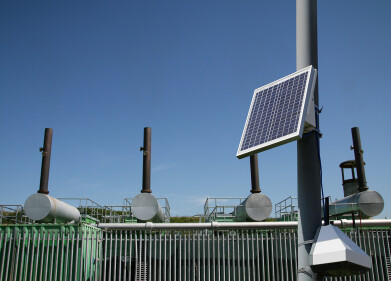Measurement and Testing
Is India Becoming Less Self-Sufficient for Petroleum?
Jun 14 2017
Notorious for chaotic traffic and heavily polluted air, India is one of the biggest fuel guzzlers on the planet. Though despite its reliance on oil, the latest data suggests that India’s petroleum self-sufficiency has hit its lowest point since 2011.
During the last financial year, India’s petroleum self-sufficiency fell to just 17.9% of total consumption. This means that the nation was able to supply less than one fifth of its needs. The data was released by Petroleum Planning and Analysis Cell (PPAC), and was calculated using the total production from indigenous crude and condensate, compared against the total petroleum consumption of the country.
Consumption outpaces production
While self-sufficiency did drop, the figure was heavily influenced by India’s rapidly growing demand for petroleum products. In the last financial year, India’s total consumption was estimated at 194.2 million tonnes. Meanwhile, total production from indigenous crude and condensate was 34.8 million tonnes. In comparison, India consumed 148 million tonnes of oil in 2011, with indigenous production estimated at 35.6 million tonnes. So, while production has dropped slightly, the 17.9% drop was largely triggered by the fact that consumption has soared by more than 46 million tonnes.
“Total crude oil processed in April 2017 was 20 million tonnes, a marginal decrease of 0.8 per cent over April 2016. There was a decrease of 4.5 per cent in indigenous crude oil processed over April 2016,” reads the official PPAC report.
Imports bridge the gap
So, how is India satiating its thirst for petroleum? For 2016-2017, the country’s total gross petroleum imports were estimated at a huge $80.8 billion. Crude accounts for $70 billion of this amount, with PPAC forecasting that by 2017-18 it will jump to $88 billion.
It seems accurate, but not everyone’s onboard. According to Union Minister for Petroleum and Natural Gas M. Veerappa Moily, India will become self-sufficient in the energy sector by 2030. He predicts a 50% drop by 202, 75% drop by 2025 and total independence by 2030.
Despite its relatively low production figures, India still churns out around 734,503 barrels of oil per day. Efficiency is front of mind, with producers continually looking at new ways to improve. From minimising corrosion to managing moisture, ‘How to Prevent Process Analytical System Failures’ introduces the latest inert coating solutions like SilcoNert® or Dursan®. Designed to prevent common sample transport issues like corrosion, adsorption, moisture contamination and slow response, surface coats can be used on a host of flow path components. The result? High-performance, high output sampling systems backed by exceptional analytical reliability.
Digital Edition
PIN 25.5 Oct/Nov 2024
November 2024
Analytical Instrumentation - Picturing Viscosity – How Can a Viscometer or a Rheometer Benefit You? - Sustainable Grease Formulations: Evaluating Key Performance Parameters and Testing Method...
View all digital editions
Events
Dec 03 2024 Dusseldorf, Germany
Dec 08 2024 Anaheim, CA, USA
Turkey & Black Sea Oil and Gas
Dec 11 2024 Istanbul, Turkey
Dec 19 2024 Aurangabad, India
Jan 20 2025 San Diego, CA, USA



















